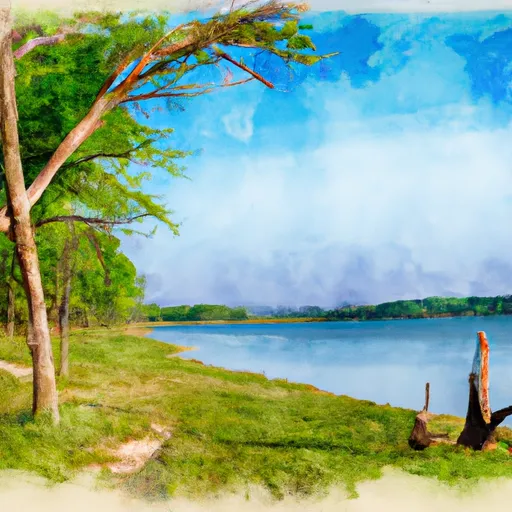°F
°F
mph
Windspeed
%
Humidity











Monterey, Louisiana is a small town located in Concordia Parish, in the northeastern part of the state. The town experiences a humid subtropical climate, characterized by hot and humid summers, and mild winters. Average high temperatures in the summer reach the upper 90s (Fahrenheit), while average lows in winter drop to the mid-30s.
Situated near the mighty Mississippi River, Monterey benefits from its hydrology constituents. The town is surrounded by several lakes and bayous, including Lake St. John, which offers excellent fishing opportunities for species like bass, crappie, and catfish. The nearby Catahoula Lake, a wildlife refuge, attracts birdwatchers with its diverse avian population.
Outdoor recreation is abundant in Monterey, with opportunities for boating, kayaking, and water skiing on the nearby lakes. Hunting enthusiasts can also enjoy deer, duck, and turkey hunting in the surrounding forests. The region's natural beauty extends to the nearby Tunica Hills, where hikers and nature lovers can explore scenic trails amid lush foliage and unique geological formations.
Overall, Monterey, Louisiana offers a pleasant climate, abundant water resources, and diverse outdoor recreation opportunities for residents and visitors alike.
Weather Forecast
Monterey receives approximately 1481mm of rain per year, with humidity levels near 86% and air temperatures averaging around 19°C. Monterey has a plant hardyness factor of 8, meaning plants and agriculture in this region tend to thrive here all year round.
Regional Streamflow Levels
1,100
Cubic Feet Per Second
32,300
Cubic Feet Per Second
30
Cubic Feet Per Second
32,600
Cubic Feet Per Second
Nearby Camping
| Camping Area | Reservations | Toilets | Showers |
|---|---|---|---|
| Cypremort Point State Park | |||
| Lake Fausse Pointe State Park | |||
| Paydown Access - MDC | |||
| Akers | |||
| Saracen Trace RV Park | |||
| Trulock - Arkansas River |



